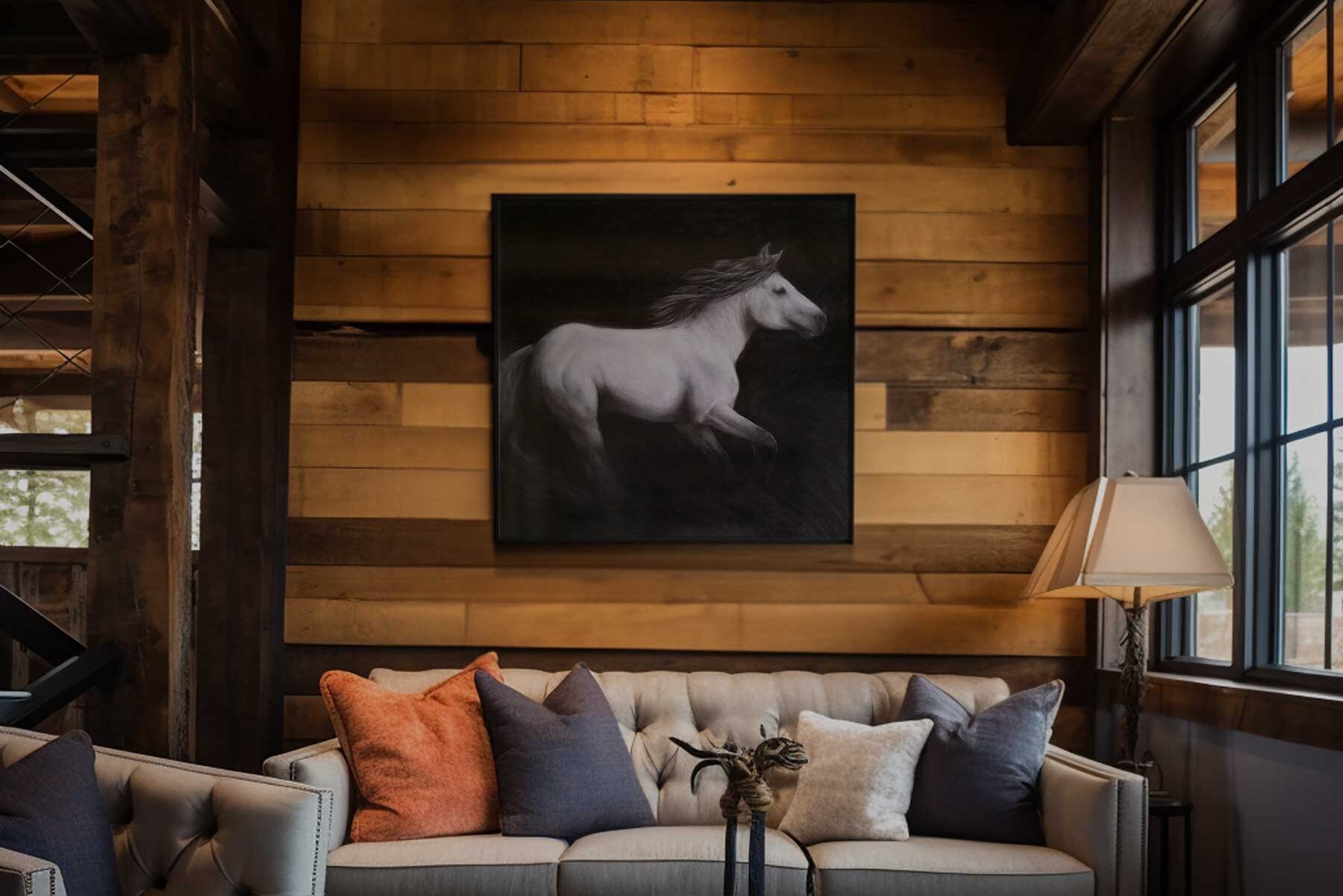
Imagine for the moment you’ve just taken your seat in a packed stadium, about to see your favorite band perform live alongside thousands of other excited fans. Or imagine you’re at the Louvre and you just entered the room displaying the Mona Lisa — feel that electric energy pulsing out from the shoulder-to-shoulder crowd? Or maybe you’re watching a rendition of The Nutcracker performed by the world-famous Mariinsky Ballet company. Can you feel your heart leap to the rhythm of the music and the whirling, light-footed dancers? Can you feel how naturally you tune into your environment, holding yourself still and silent, or jumping to your feet in ecstatic excitement in sync with a thousand strangers? Even if you’ve never experienced anything quite like the aforementioned examples, I know you’ve felt the deep sensational impact the arts can have. Perhaps it was from a thrilling comic or a tragic book from the local library. Maybe your heart was touched while watching a movie at your local theater. Regardless of background, financial standing or education, art — in its many guises — has a way of affecting us, creating within us a sense of unity with the work, with the message, and with each other. This union is known as attunement.
In a paper on therapeutic attunement, Mitchell Kossak of Lesley University defines attunement as a “bringing into harmony” or a “felt embodied experience that can be individualistic as well as communal, that includes a psychological, emotional, and somatic state of consciousness.” It is also referred to in the psychological literature as a “unitive” experience, and can be accompanied by a “sense of enhanced perception, appreciation, or understanding.” Communal attunement is of particular importance during a shared experience like that of a concert-goer with her fellow fans. The relational experience is a reciprocal response, an “ability to to experience the other as an embodied being like oneself.” During such a circumstance the concert-goer might say she was “in the groove” or “tuned in.”
This connectivity isn’t unique to the arts, however, it has deep roots in the human experience, most notably in the “shared inner feeling state” between mothers and infants. It is something that emerges from a powerful biological framework built within each of us.
But why does any of this matter? Because, according to the psychologist Richard Erskine, attunement “is necessary for a secure self-identity and developmental growth.” Humans are built for connection — and art, it seems, is a powerful vehicle for important transformative experiences. Those who do not or cannot experience this sense of attunement or union are disadvantaged, leaving them unable to “sympathetically respond” to others or to their environment.
“Artists, musicians, dancers, poets, and actors are trained to open and tune their senses toward an authentic expression of the human condition in order to effect a kind of awakening in the witness, audience, listener, or reader.” — Mitchell S. Kossak, PhD

Yet not all art instills this sense of attunement in the viewer, listener, or reader. Ever wandered through a modern art museum and been completely annoyed by some installment that seems utterly devoid of craft or deliberation? Ever thought to yourself, a child could have done that! Maybe you despise the din of a particular musical movement or think the work of the surrealist writers of the early 20th century is trash. Clearly, a sense of attunement doesn’t necessarily exhibit itself while experiencing every work of art you’re exposed to — not everything will hit you. But interestingly enough researchers say that the tension you feel while exposed to these misses can still be helpful.
According to clinical psychologists, dissonance can also be a valuable experience, enabling those who experience the unfamiliar to learn to live with “tensional dynamics” or point and counterpoint realities common in the natural world. “Learning how to live with the unfamiliar or what might be perceived as moments of miscommunication can… help individuals live a healthier and more balanced lifestyle,” writes Kossak. It leads to an ability the poet John Keats referred to as “negative capability” or the “capacity to sustain uncertainty, mystery, or doubt.”
In the ever-shifting drama of today’s world, it is especially important for individuals to possess both the ability to connect with others and the faculty to deal with the unfamiliar. Rapid change and the polarization of society make it particularly difficult for people to find common ground or comfort with those they see as being different, but widening the divide between segregated peoples of diverse modes of thought — which seems to be the current trend — is a recipe for disaster. Such an approach to life limits our ability to transform and grow as individuals, and calcifies tendencies that are myopic and truculent.
The answer to this problem may very well be the arts.
By exposing ourselves to a broad spectrum of the arts we are laying the groundwork for personal and societal growth, whether or not we find particular experiences agreeable. During moments of attunement we experience “connectivity, unity, understanding, support, empathy, and acceptance that can contribute greatly to creating a sense of psychological healing.” And misattunement, despite the discomfort it may cause us, affords opportunities for us to learn to hold our own during chaotic, unpredictable moments, improving our ability to improvise and to discover some level of comfort with spontaneity and the unfamiliar — essential abilities if we want to live our lives without always being in fear of that which is different.
So what’s the takeaway?
Indulge in the arts. Read books, go to the movies, attend concerts and walk the corridors of art museums. Share what you love with others and revel in your shared experience. But don’t simply read the books you’ve always read, listen to the music you’ve always listened to, or look at the paintings you’ve always found beautiful. Be open to different experiences. If you’ve never listened to Japanese Shamisen music, maybe you should. If you’ve always been intimidated, confused, or just disgusted with abstract art, maybe you should go to a gallery and purposefully view pieces — allow yourself to feel what you feel while exploring the origins of those feelings at the same time. The point isn’t necessarily to force yourself to love something you’ve never been interested in, it’s to understand yourself and the world in which you live just a little bit better. The more familiar and comfortable you are with who you are, the more confident you’ll become, and less likely you’ll be to feel threatened and lash out at the unfamiliar. You can become more understanding, more articulate, more empathetic — tools essential for making the world a better place.
Sounds simple enough, you say. Could it really be that easy?
Go out. Give it a try. See what happens.
We’ll be all the better for it.
Reference:
Kossak, Mitchell S. (2009). Therapeutic attunement; A transpersonal view of expressive arts therapy. The Arts in Psychotherapy, 36, p.13-18.
